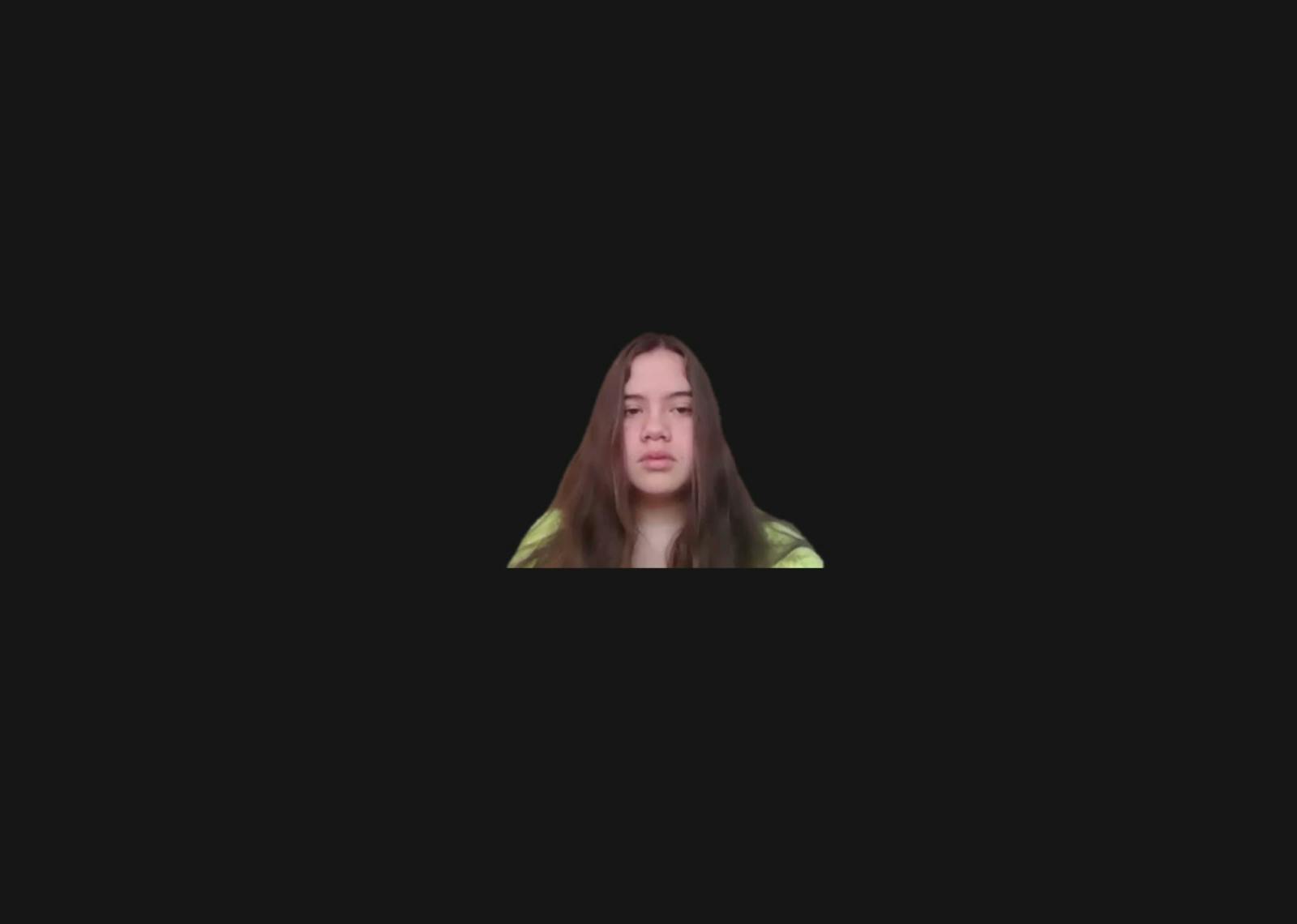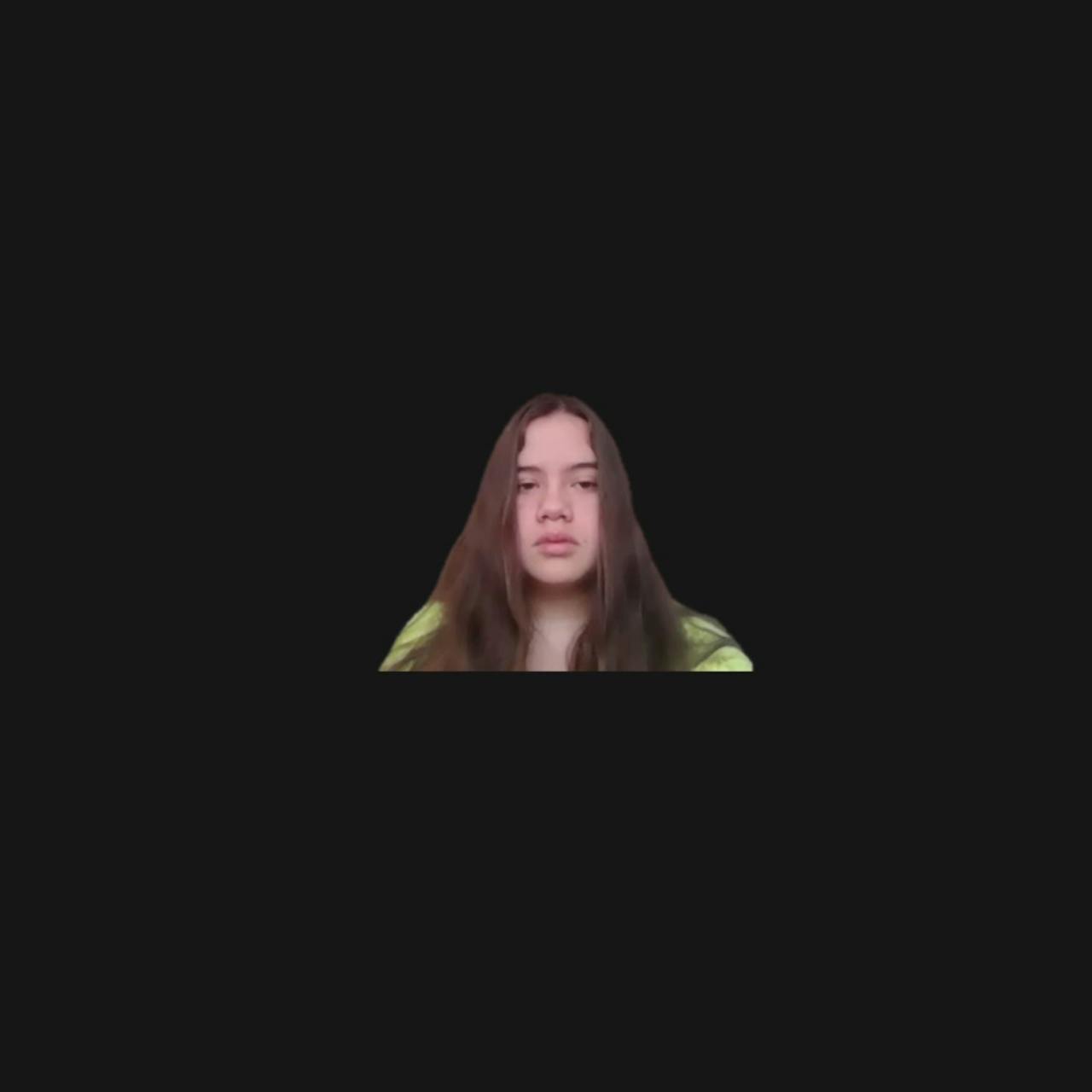Classrooms


Shawn Maximo
In the 20th century, some architects, designers, and educators aligned themselves with progressive education movements, believing if new pedagogies could instill different ways of thinking and cognitive improvement, so too could new spatial arrangements. Open floorplans and movable workplaces, for example, created the conditions for a flexible classroom, reflecting a desire to center the student as a free agent of their surroundings. If architecture mediates learning, what does that mean in the era of remote schooling, where a technologically-dependent student body has become increasingly decentralized? In Classrooms (2021), artist and architect Shawn Maximo steps through a sequence of six speculative classroom spaces that unsettle the boundary between virtual and real.
While the pandemic made remote learning necessary, it took place over corporatized interfaces like Zoom and Google. The progressive educational model valued collective and collaborative learning. While these connective technology corporations and engineers promise to bring students together, their effects are often isolating and further individuate students into discrete sets of minable data. Candice Strongwater, the curator who commissioned the piece for her exhibition Classroom Arsenal, notes that tech companies have long taken advantage of the educational system during crises — through the Cold War to the present — and in collaboration with the U.S. Department of Education and the U.S. Department of Defense.
In Maximo’s environments, furniture and screen meld. Rather than being child-centered or teacher-centered, “schooling” becomes all interface, all tech overlay. Virtual spaces become increasingly work-like as students move to the next grade, with classrooms resembling tech company offices or assembly lines, insinuating that instead of producing liberated, educated subjects, these spaces may precondition the next wave of corporate employees. Children are users; children are workers.
The color schemes of the six spaces also reference those of big tech companies — their trademark shades replacing the primary colors red, yellow, and blue that are often associated with early childhood educational spaces. The sublime nature-like settings of the Mac OS default backgrounds serve as vistas, a flat and expansive “exterior.” Children zoom in, often out of scale, perhaps as occupants, or maybe as observers of these spaces, viewers along with us on our own screens. But, hints at the potential to intervene and improvise leak into these 3D worlds. Will students become fully indoctrinated, wedded to monitors and corporate ideals, or might they hack their classrooms, flexing the limits of private platforms to suit their own creativity?
